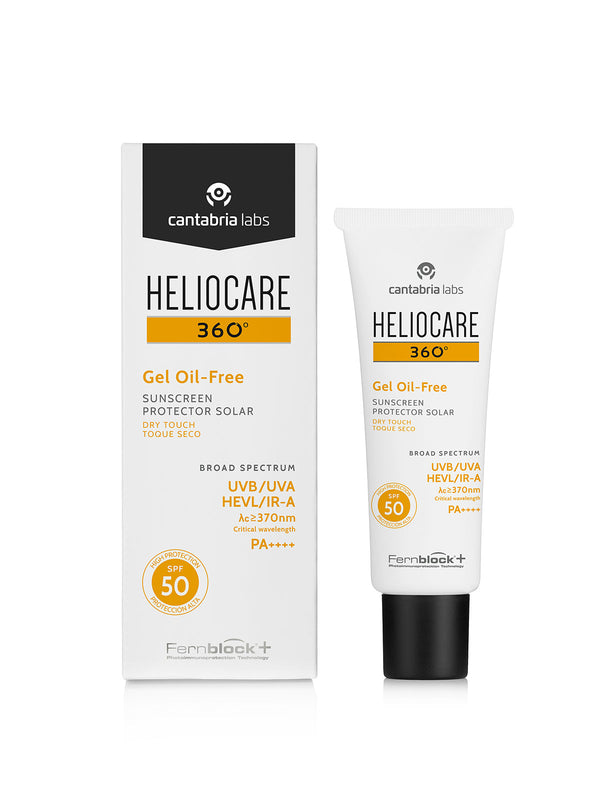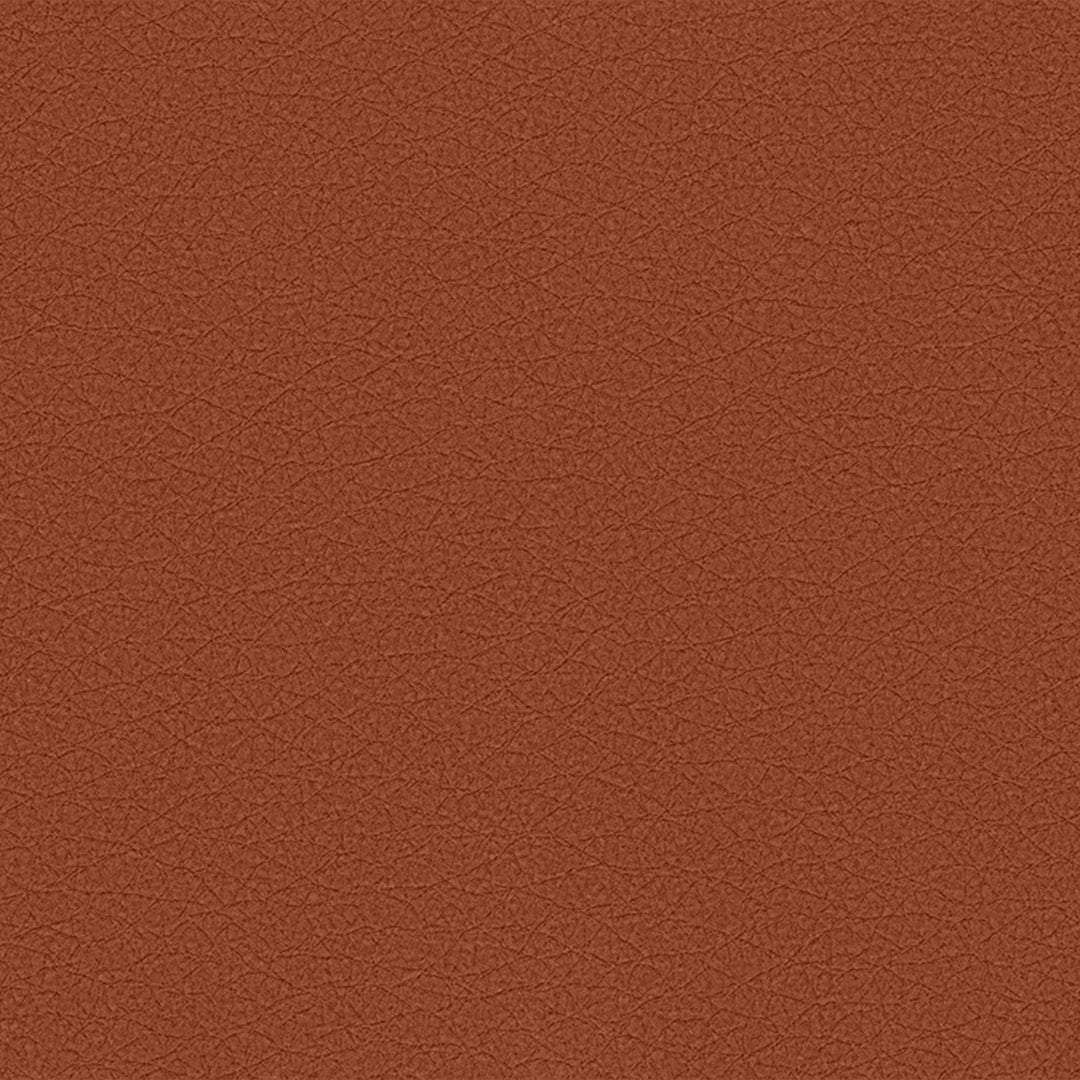Heliocare’s Winter Heroes: Oil Free Gel
Daylight can damage our skin all year round, even in the wintertime. This includes UVA rays, which penetrate deep into the skin to cause DNA damage and premature ageing. Although UVB rays are much milder in the winter months, they are still present at low levels particularly in places with a high altitude and reflective surfaces such as snow and ice. Finally, visible light and infrared-A remain present, even when it’s cold and cloudy outside. These types of radiation also cause cell damage, along with hydration loss and hindered collagen and elastin production. The most frightening result of sun exposure, however, is the genetic mutations that lead to skin cancer. That’s why it’s so important to protect the skin from the solar radiation, every single day.
A high factor, broad spectrum sun protection product is the single best way to protect the skin from harmful winter daylight. But in the winter, it’s very normal for our skin to experience changes, making it more sensitive and temperamental, and therefore making us reluctant to use certain products.
For some people, their winter skin is more dry and dehydrated, with patches that may itch and flake. For others, the skin starts to feel red and sensitive, with pre-existing conditions like eczema or rosacea flaring up. Another common change is skin becoming more oily and prone to spots. This might be surprising; surely the wind and cold of wintertime is synonymous with dryness? In fact, it can have the opposite effect.
Why is my skin more oily at wintertime?
Our environment changes considerably during the winter. When we head outside, we’re likely to be faced with cold, wind and rain, or a combination of the three! Back indoors, we face another extreme as thermostats are cranked up and humidity levels drop. The harshness of the outdoors, combined with a warm, dry indoor environment, strips the skin of its natural oils and kicks our sebaceous glands into overdrive. This leads to an overproduction of sebum, which makes the skin oilier and leads to more breakouts.
Our T-zone is often the problem area. Most of our sebaceous glands are located on the nose, chin and forehead, and so these areas produce the most oil. More oil means pores are more likely to clog, leading to spots. According to some experts, winter is the worst season for acne1.
Another skin-zapping element of winter is stress. We are often busier at this time of year, rushing around for various social events and squeezing in as much work as possible before the Christmas break. This busyness is compounded by the financial pressures we all face, including gifting, travel and, of course, the cost of living crisis. All of this stress wreaks havoc on the body, including the skin. That’s because stress leads to an overproduction of cortisol, the hormone that increases oil production, as well as causing inflammation2.
How to tackle oily skin this winter
If you suffer from oily and spot-prone skin, particularly during the winter, there are a number of steps you can follow to keep oil at bay and promote a clearer, healthier complexion.
Cleanse with lukewarm water
Avoid hot water in favour of lukewarm water. When we wash our faces with hot water, our skin dries out too fast. This may lead to symptoms similar to those of sunburn, including redness, itching and peeling3. Hot water also disrupts the skin’s natural moisture balance and compromises the skin barrier, heightening the risk of infection and aggravation. Cooler temperatures are much more gentle and hydrating for the skin.
Don’t stop moisturising
During the winter, you must keep on moisturising your skin. It may be tempting to skip this step in the hope of drying out any oily patches, but we have to remember that the reason our skin is so oily is because it’s losing too much moisture. Choose water or gel-based formulas for long-lasting hydration, and look out for ingredients like hyaluronic acid, ceramides and squalane, which help to lock in moisture and leave the skin soft and supple.
Choose mattifying formulas
Mattifying products can help to control excess oil. By absorbing sebum, these formulas help to balance the skin, preventing shininess and clogged pores. It’s vital that you don’t confuse these with drying formulations, which may contain things like alcohol, eucalyptus or witch hazel. These ingredients are incredibly drying and will make the skin more sensitive.
Always wear SPF
As we’ve mentioned, sun exposure, even in the winter, is so damaging to the skin. When we are exposed to the sun’s rays, our sebaceous glands start to work harder to hydrate and soothe sun damage. This leads to an increase in oil production. For those with spot-prone skin, UV rays can also worsen acne marks, because the increase in melanin makes the skin darker. One of the best ways to avoid these symptoms, along with avoiding sunburn, premature skin ageing and skin cancer, is to wear high-level, broad-spectrum sun protection every single day, no matter the weather or the season.
Choose Heliocare 360° Oil Free Gel
The ultimate sun protection product for oily and spot-prone skin this winter is the Oil Free Gel from Heliocare. This ultra-light, mattifying formula melts into the skin for a soft, matte finish. Along with its exceptional sun damage protection and repair properties, its advanced sebum control system features a combination of antibacterial activity, anti-inflammatory activity, matte effect microspheres and hydration, proven to reduce sebum by 15% in just six hours*, helping to prevent those winter breakouts. Our best-selling product across the UK and the world, Heliocare 360° Oil Free Gel is ideal for oily and spot-prone skin types, as well as being perfect for those with normal or combination skin. Containing the supercharged plant extract Fernblock®, which is scientifically proven to offer multiple levels of protection against sun damage, our Oil Free Gel is the final step in your skincare routine to ensure your skin is protected from the sun’s harmful rays whilst looking and feeling soft, supple, and free from excess oil. Shop Heliocare 360° Oil Free Gel today.
*Data on file. 22 patients, combination/oily skin with comedones. Application of product to skin after cleansing (treated area), measurement of sebum level (Sebumeter) before application (T0), T2 hours, T4 hours, T 6 hours. Comparison vs. control (non-treated area). Methodology: Pierard GE 2000, Rode B 2000, Thune P 1984, Dilkstein S 1987.
In the article

- For oily, spot-prone, or combination skin
- Suitable for Fitzpatrick skin types I-V
- SPF50 & PA++++
- Dry-touch, matte finish
References:
1 Westly, E. (2007). Why does skin complexion change with the seasons? [online] Scienceline. Available at: https://scienceline.org/2007/07/ask-westly-skinweather/ [Accessed 25 Oct. 2022].
2 FLDSCC. (2020). How Stress Affects Your Skin. [online] Florida Dermatology & Skin Cancer Centers. Available at: https://fldscc.com/2020/01/23/how-stress-affects-skin/.
3 UPMC HealthBeat. (2015). Is a Hot Shower Really That Bad for Your Skin? | UPMC. [online] Available at: https://share.upmc.com/2015/01/hot-shower-bad-skin/ [Accessed 25 Oct. 2022].






